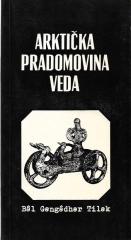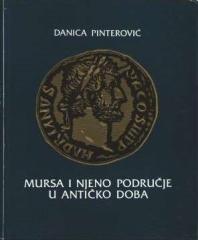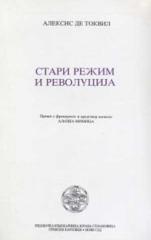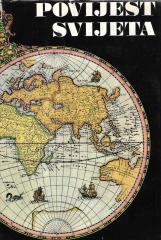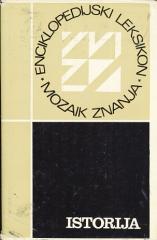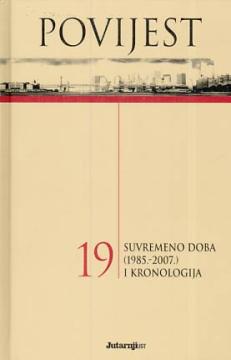
Povijest #19: Suvremeno doba (1985.-2007.)
Devetnaesti svezak iz edicije "Povijest svijeta", koja je u originalu objavljena 2004. godine u izdanju Instituto Geografico De Agostini i Editoriale Metropoli uz talijanske novine La Repubblica, dok joj je u Hrvatskoj izdavač Europapress holding.
Godina 1985. označava početak perestrojke u SSSR-u pod Gorbačovim, čime započinje kraj Hladnog rata. Pad Berlinskog zida 1989. simbolizira ujedinjenje Europe, dok se SSSR raspada 1991., ostavljajući SAD kao jedinu supersilu. Balkanski ratovi (1991.–1999.), posebice sukob u Bosni i Kosovu, otkrivaju etničke tenzije, dok genocid u Ruandi (1994.) šokira svijet.
Tehnološka revolucija mijenja život: internet postaje globalna mreža, a mobilni telefoni svakodnevica. Godine 1995. rađa se World Wide Web, a tvrtke poput Microsofta i Appla definiraju digitalno doba. Teroristički napadi 11. rujna 2001. na New York i Washington pokreću globalni rat protiv terorizma, uključujući invazije na Afganistan (2001.) i Irak (2003.), uz kontroverze oko ljudskih prava.
Ekološke krize postaju sve vidljivije: Kjotovski protokol (1997.) nastoji suzbiti klimatske promjene, ali otpor velikih sila usporava napredak. Globalizacija jača, ali donosi i nejednakosti, dok Kina i Indija postaju ekonomske sile. Europom se širi Euro (2002.), a EU se širi na istok.
Knjiga, sažeta i dinamična, bilježi ovu eru kroz političke, društvene i kulturne prizme, od sloma komunizma do digitalne revolucije, pozivajući na razmišljanje o svijetu u tranziciji.
Jedan primjerak je u ponudi
